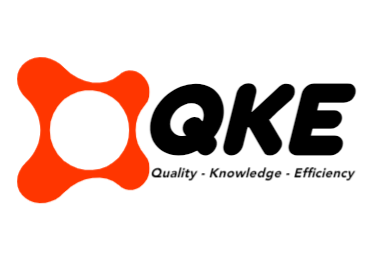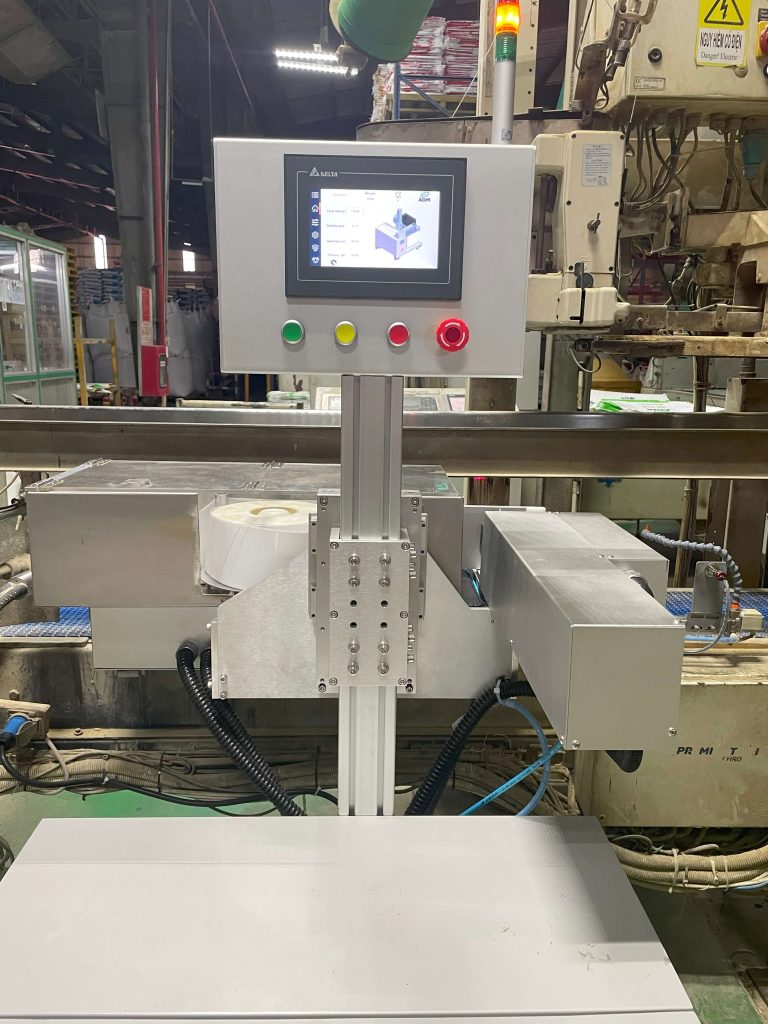The animal feed industry has made significant progress
A key factor driving this progress is the integration of advanced technology, especially automated printing and labeling machines. These automated systems improve production efficiency and reduce errors in the packaging process. Such precision is crucial in the animal feed sector, where ensuring quality and food safety is of utmost importance. In addition to saving time, these machines ensure that each product is accurately labeled with the necessary details.
Automatic Print and Apply Labelers offer some notable advantages in the animal feed industry.
Increased production efficiency: By automating the label printing and labeling process, these machines speed up production, significantly reducing the time spent on manual labeling. This allows manufacturers to respond quickly to market demands.
- Reduce errors: Automated labeling minimizes the possibility of human error, ensuring that every product is labeled with complete and accurate information, including nutritional content, manufacturing date and expiry date.
- Promoting food quality and safety: Clear and accurate labeling helps consumers easily identify and trust product quality. This is especially important in the animal feed industry, where ensuring food safety remains paramount.
- Cost Effective: While the initial cost of automated label printers and applicators can be significant, they ultimately result in reduced labor costs and less waste due to errors over time.
- Flexibility: These machines can be easily modified to accommodate a wide variety of products and label sizes, giving manufacturers the ability to adapt and expand their product offerings.
Automatic label printers and applicators operate through a complex but efficient process.
The following outlines the basic steps involved:
- Label and product preparation: Labels are arranged in rolls or sheets, and the items to be labeled are placed on the conveyor belt.
- Label Printing: The required information, which may include product name, ingredients, manufacturing date, expiry date, barcode and any additional details required, will be printed on the label by the printer.
- Product Detection: A sensor in the machine determines when the product arrives at the labeling station, ensuring that the label is applied correctly and on time.
- Labeling: After printing, the label is applied to the product. A variety of labeling techniques can be used, such as pressure labeling, thermal labeling, or adhesive labeling.
- Quality Control: After labeling, the quality control system will verify that the label is properly positioned and that there are no printing errors. Any product found to have errors will be rejected or sent for reprocessing.
- Finishing and packaging: After the labeling process is completed, the product is carried along the conveyor belt to the final packaging stage.
Automatic label printers and applicators can be adapted to suit a wide range of products and specifications, from small items like pet food containers to larger containers like animal feed bags.

